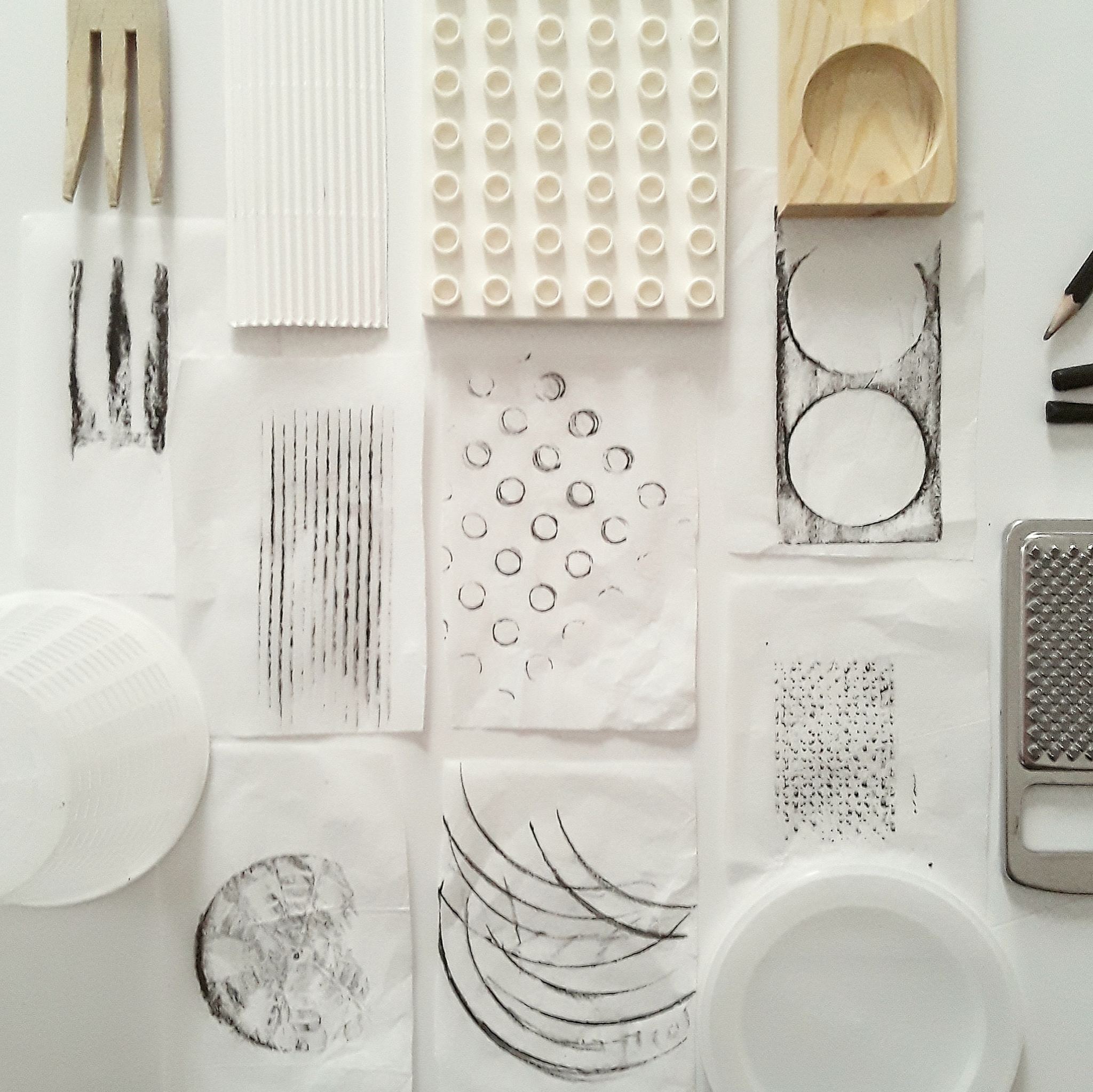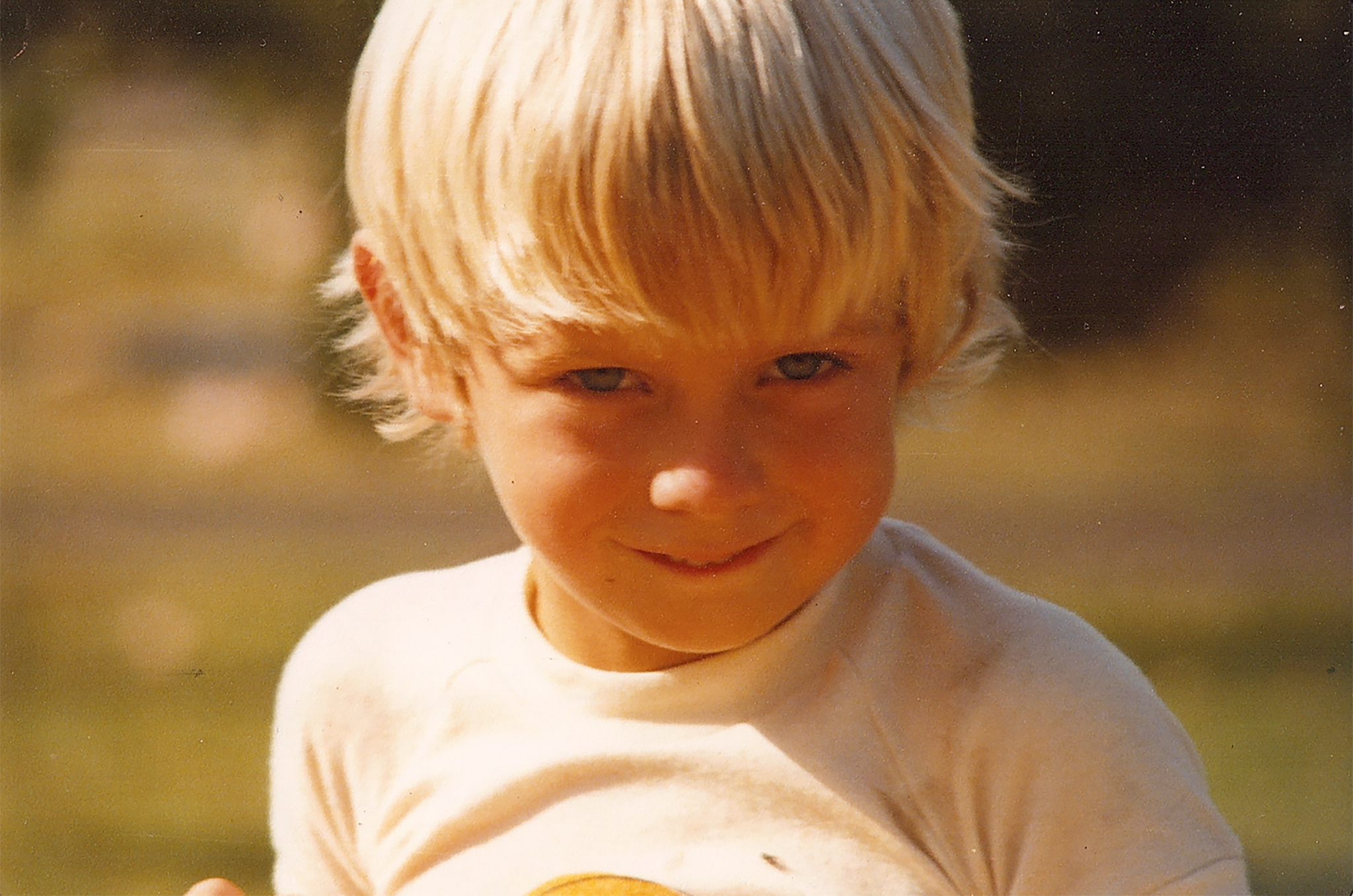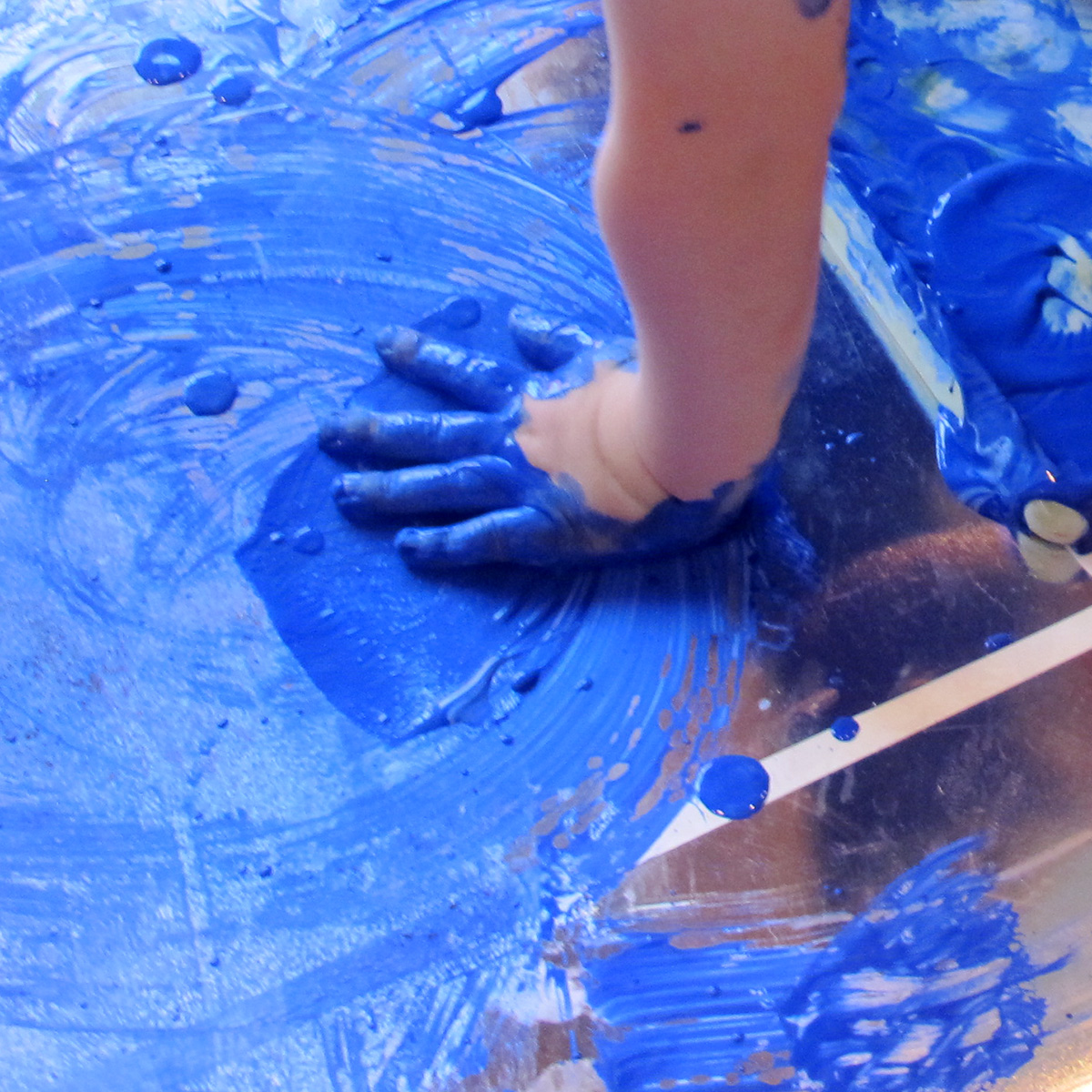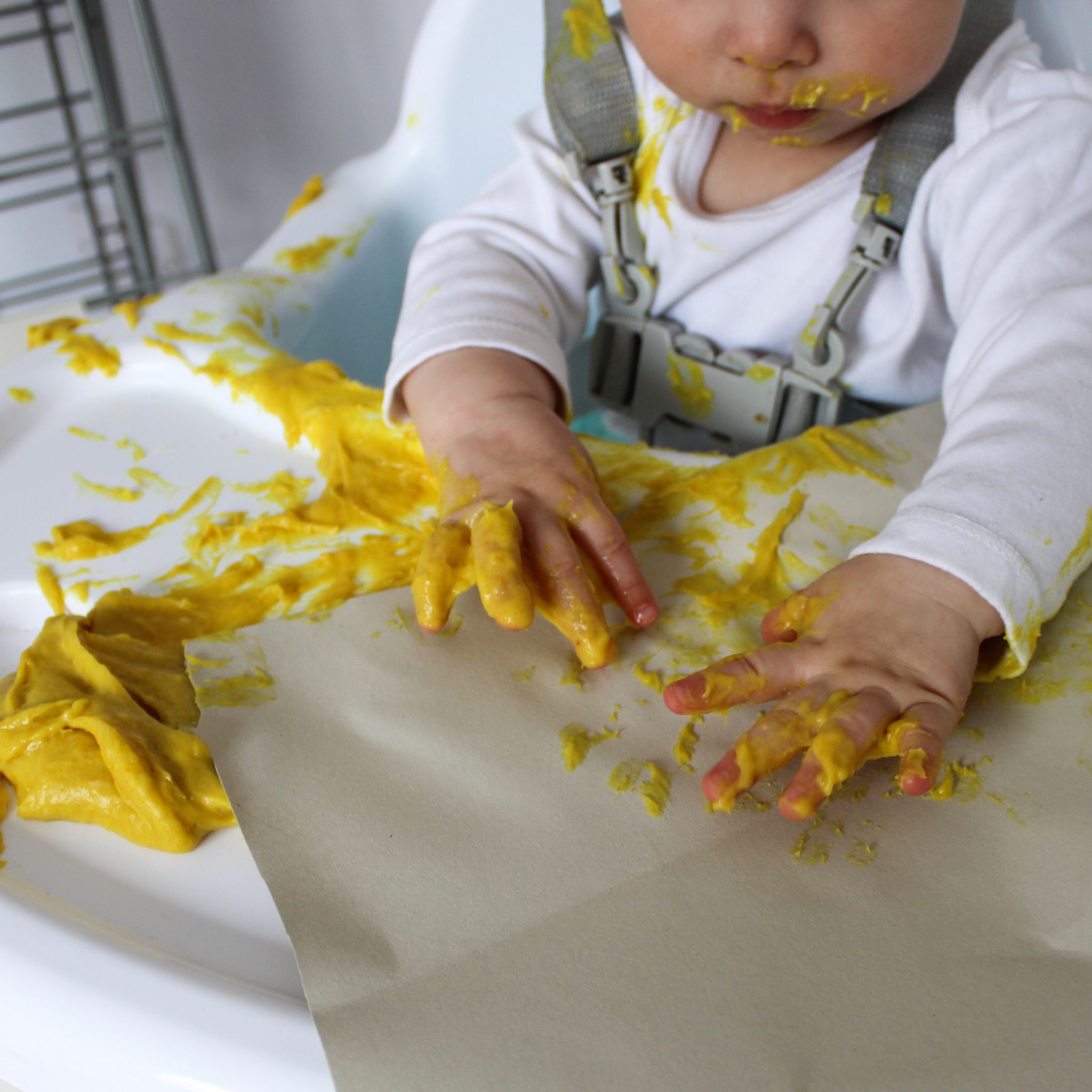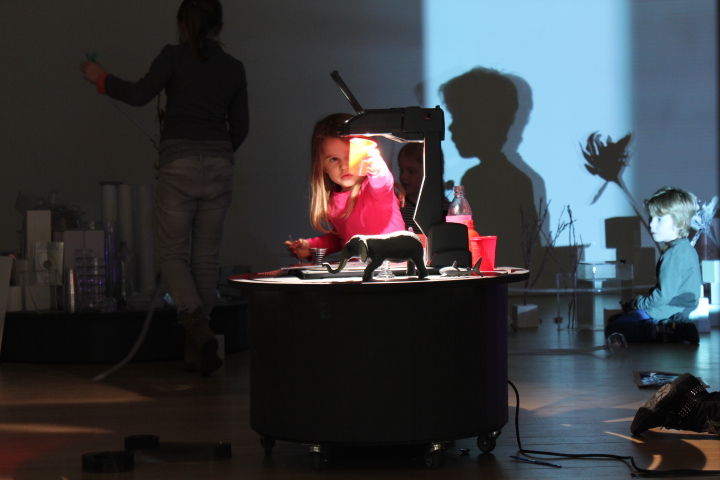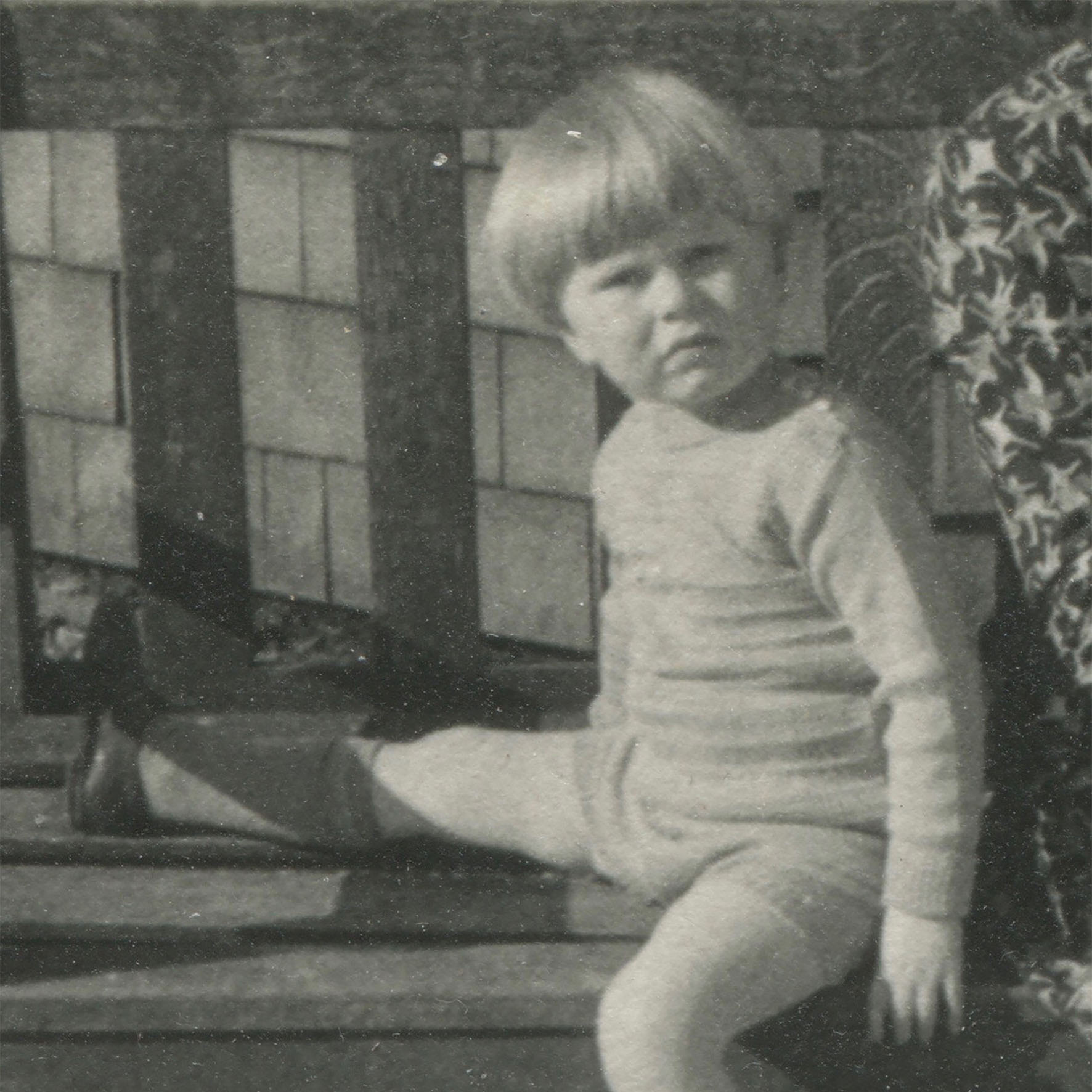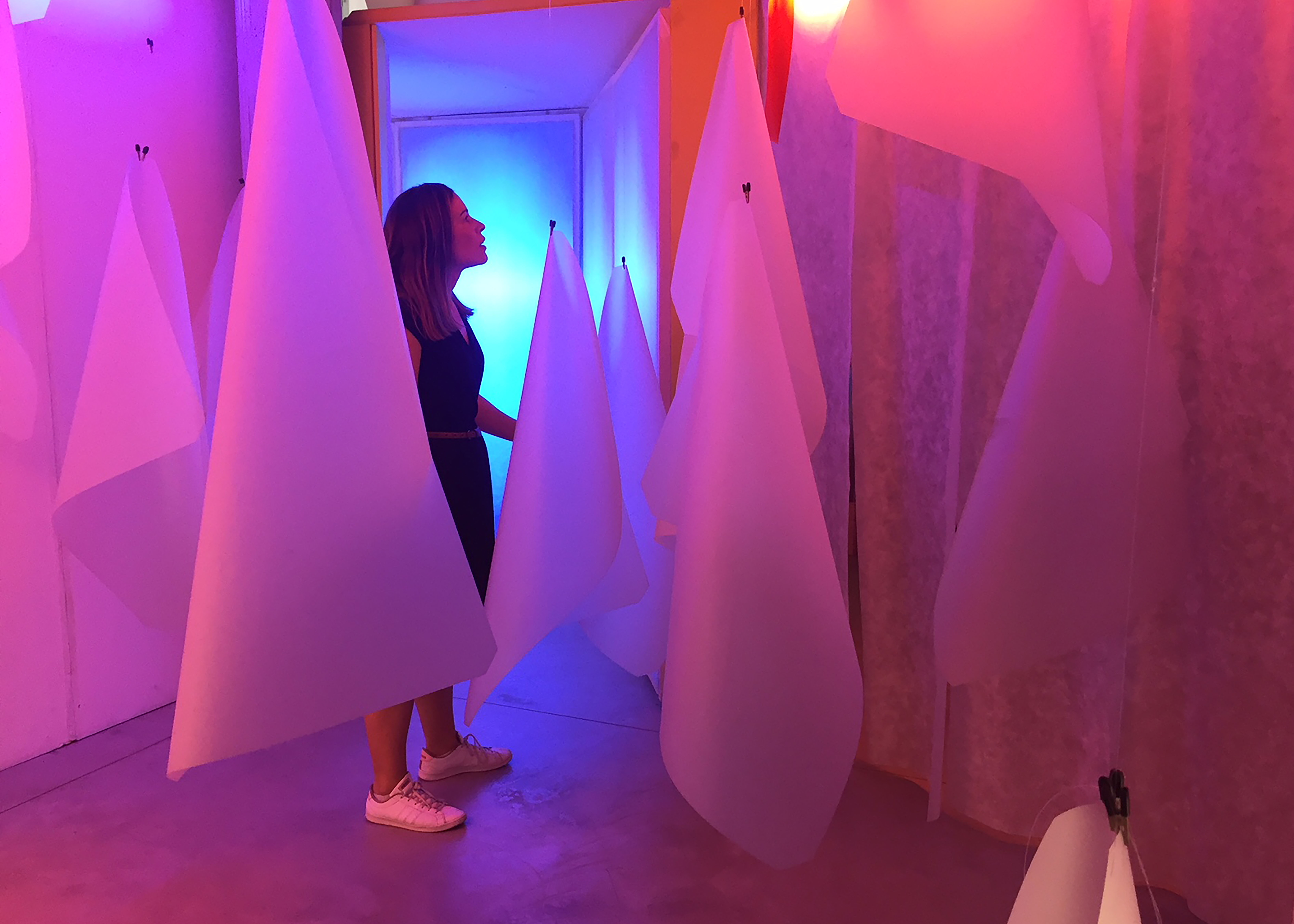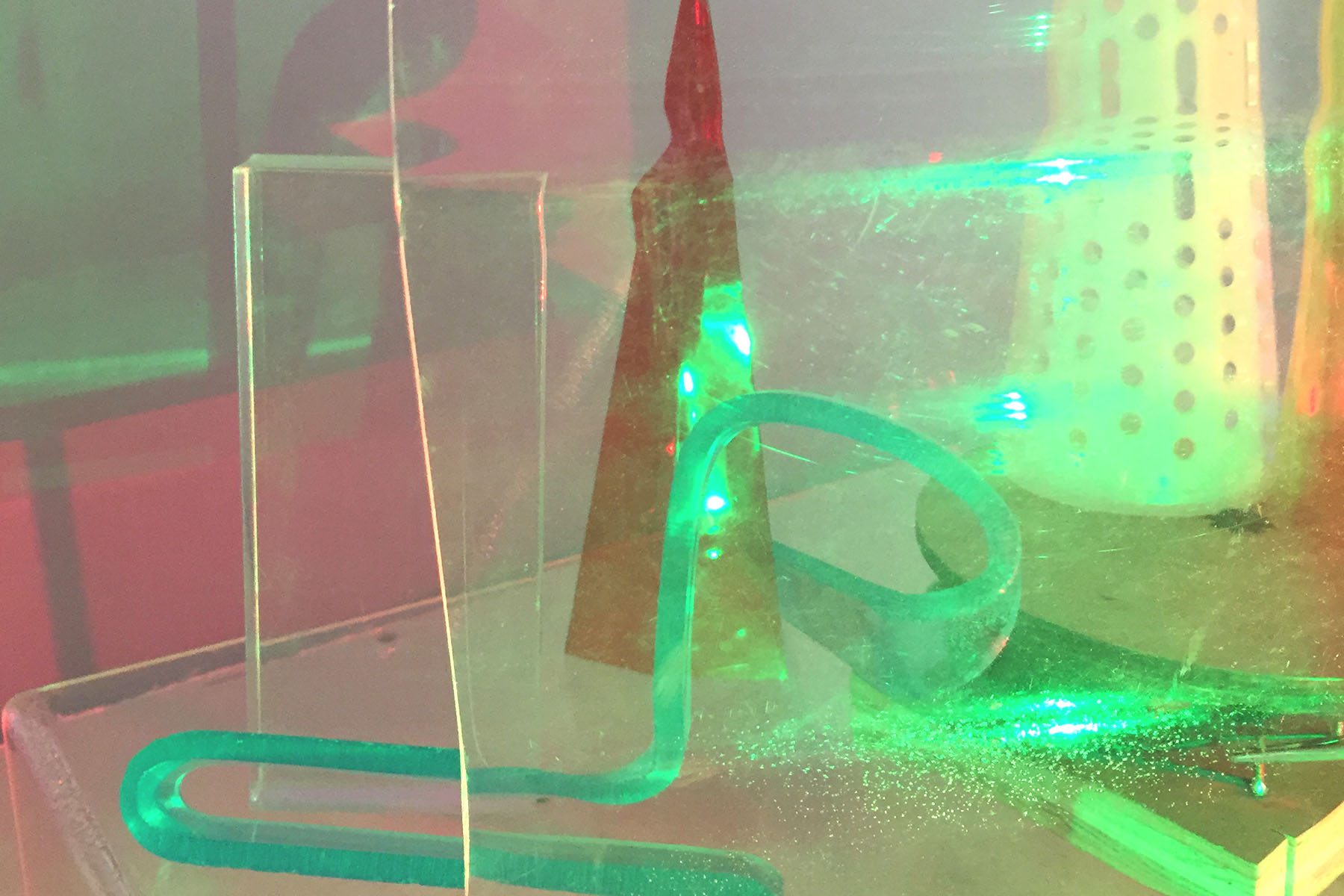Image by Laura Fantini With the international lockdown continuing, thinking of things to do at home can be tough! This post features three kids art projects you can do at home: Exploring surfaces around the house (and make rubbings of them)Messy play with gloop Experimentation with fluffy paint All three of these ideas were uploaded to Instagram as part of the #quarantineplayideas hashtag. In this, people share simple and creative activities that families can do at home. Exploring surfaces around the house by Laura Fantini Image by Laura Fantini The first activity I am sharing is by Laura Fantini. Laura works as an Atelierista in early childhood centres in Reggio Emilia, Italy. Laura’s approach is based on supporting children’s curiosity and artistic skills that then allow them to engage in different expressive ‘languages.’ Laura studied visual art at Bologna University and loves to experiment, learn and share. She is constantly inspired…
Make a cardboard construction
Recycled cardboard is one of my favourite materials for children’s art activities. I like it because it is: Easily available to everyoneCheap or free to get. This means that parents or teachers that don’t have a budget for materials can still use itEncourages the reuse of something that would otherwise be thrown away In this post, I share an art activity that can do be done using recycled cardboard. It is best suited to kids aged 2 to 10 years old but can be adapted to any age. The activity is perfect to do at home or in the classroom! Image credit: Paigen Muller Designing the art activity When I am putting together a children’s art activity, I always start off brainstorming the following three questions: What materials do I have available or what I can afford to buy?What are the interests of the kids I am working with?How have…
Ben Quilty: Art in childhood series
I recently had an article published in the Weekend Australian that looked at different artists’ experience of art in childhood. You can read the original article in full here: ‘Why teach kids art?’, published in The Australian, September 12, 2020 The article features the stories of four esteemed Australian artists -Patricia Piccinini, Djerrkngu Yunupingu, John Wolseley, and Ben Quilty- who share their experience of art while growing up. Something that I found so interesting when doing the interviews was how the artists talked about the important role of parents and teachers in supporting their artistic pursuits. Over the next two months, I am going to share the extended stories of these artists’ experience of art in childhood… starting with the amazing Ben Quilty! Ben is one of Australia’s most esteemed visual artists. His paintings explore ideas around masculinity, colonization, and political activism. He was also awarded the 2011 Archibald Prize…
Harvard Project Zero’s Mara Krechevsky talks about making learning visible
Documenting children’s learning is an intricate process. In this expert interview, Mara Krechevsky, a senior researcher at Harvard’s Project Zero research centre, discusses the ins-and-outs of making learning visible. Documenting children’s learning is a complex and (sometimes) confusing process. Questions of how educators can use documenting to support learning are deeply intertwined with debates surrounding ethical and political assumptions in education. Mara Krechevsky has over 30 years’ experience in education research with a specific interest in documenting learning. In her role at Harvard, she has worked on a myriad of ‘visible learning’ projects including directing Project Zero’s Making Learning Visible, an initiative that began as a collaboration with educators from Reggio Emilia. Project Zero is a research centre at Harvard’s Graduate School of Education. Founded by philosopher Nelson Goodman in 1967, Project Zero began with a focus on understanding learning in and through the arts. Since then, the centre’s mission has…
Make edible paint for babies and toddlers
Image credit: Keisha Baker (follow on Instagram here) Little kids love tasting things. While this can be gross, and at times even dangerous, it is also a very important part of their learning and development. This post shares an edible paint recipe for babies and toddlers – it is perfect for any parent who has a child under the age of 3! The recipe uses flour as its base. I like it because it has a thick and gluggy consistency that babies love to squish in their hands. Age range: 6 months + Preparation time: 10 minutes What you need 1/2c flour1 tbs salt3/4c cold water3/4c hot waterFood coloring (5-6 drops)SaucepanWhiskWooden spoonSmall plastic containers Preparing the Edible Paint Place the flour and salt in a saucepan. Pour the cold water in the saucepan and whisk until smooth. Add in the hot water and whisk. Heat on the stove until it…
The ‘Atelier van Licht’ at the Centraal Museum, Utrecht
This post features a reflection on my visit to the Atelier van Licht at the Centraal Museum in Utrecht, The Netherlands. The Atelier was being presented as part of the museum’s Nice’n’Light exhibition that ran from 17 October 2015 – 24 January 2016. Above: Atelier van Licht at Stedelijk Museum, Amsterdam. Image credit: Atelier van Licht A creative space for children’s play and experimentation with materials Back in February 2016, I travelled to the Netherlands to meet with Annemieke Huisingh, the founder of the wonderful Atelier van Licht. I was interested in learning more about the Atelier’s approach to designing children’s material-based creative learning environments. At the time, the Atelier (which is another word used to describe an artist’s studio) was on display at the Centraal Museum in Utrecht as part of a contemporary art show that was exploring artist’s experimentation with light. The Atelier had been designed for children of all ages…
John Wolseley: Art in childhood series
John Wolseley, aged four. Image: the artist This post, featuring artist John Wolseley, is the fourth story in the ‘Art in Childhood series’ that looks at the experience of famous artists in childhood! The first blog post looked at Australian painter Ben Quilty who shared his story of growing up on the outskirts of Sydney, Australia.The second post zoomed in on Djerrkŋu Yunupiŋu who talked about growing up in East Arnhem in Australia.The third post featured Patricia Piccinini who shared a story of how her high school art teacher at a public school in Canberra shaped her lifelong love of fine art John Wolseley is a British-born, Australian-based artist whose paintings and tapestries have been inspired by nature and environmental systems. John has exhibited solo shows at the National Gallery of Victoria and the National Museum of Australia and holds an Honorary Doctorate in Science from Macquarie University. John Wolseley’s story…
Reggio Emilia’s art studio ‘ateliers’ for children
Earlier this month I was fortunate enough to visit the Loris Malaguzzi centre in Reggio Emilia. I was interested in learning more about the early childhood philosophy’s approach to children’s creativity, art and learning with materials. This post shares key ideas around the role of the ‘atelier’ in the Reggio Emilia approach. I also discuss my reflections on the Ray of Light atelier space at the centre. “Tools and materials make it possible for children to have experiences in which their thinking takes on different forms” (Dahlberg & Moss, 2010) The Atelier – a space for children’s creative experimentation Educators from Reggio Emilia often talk about the unpredictable nature of learning in which knowledge is formed through unexpected relationships and new connections. This understanding challenges the idea that education is a linear process of development. In Reggio Emilia preschools, the atelier is a creative studio for young children’s imagination, expression and experimentation that…
How to support children’s creativity at home
I talk a lot about the importance of creativity and materials in children’s learning on this website. Most of the posts I have previously written have been aimed at teachers and creative professionals working with children. However, parents also play an important role in supporting children’s learning. To be honest, nearly every parent I have met has been incredibly interested in hearing about what they can do to help to support their child’s creativity. So, I have decided to start writing some posts especially for parents. Kicking off with this one. I have put together five hot tips for supporting children’s creativity with materials. These ideas build on a podcast I recently did for ‘Rial Talk .In the podcast I talk about the importance of art and children’s play with materials in education. More specifically, I argue that both art and materials play a critical role in encouraging creativity as they…


